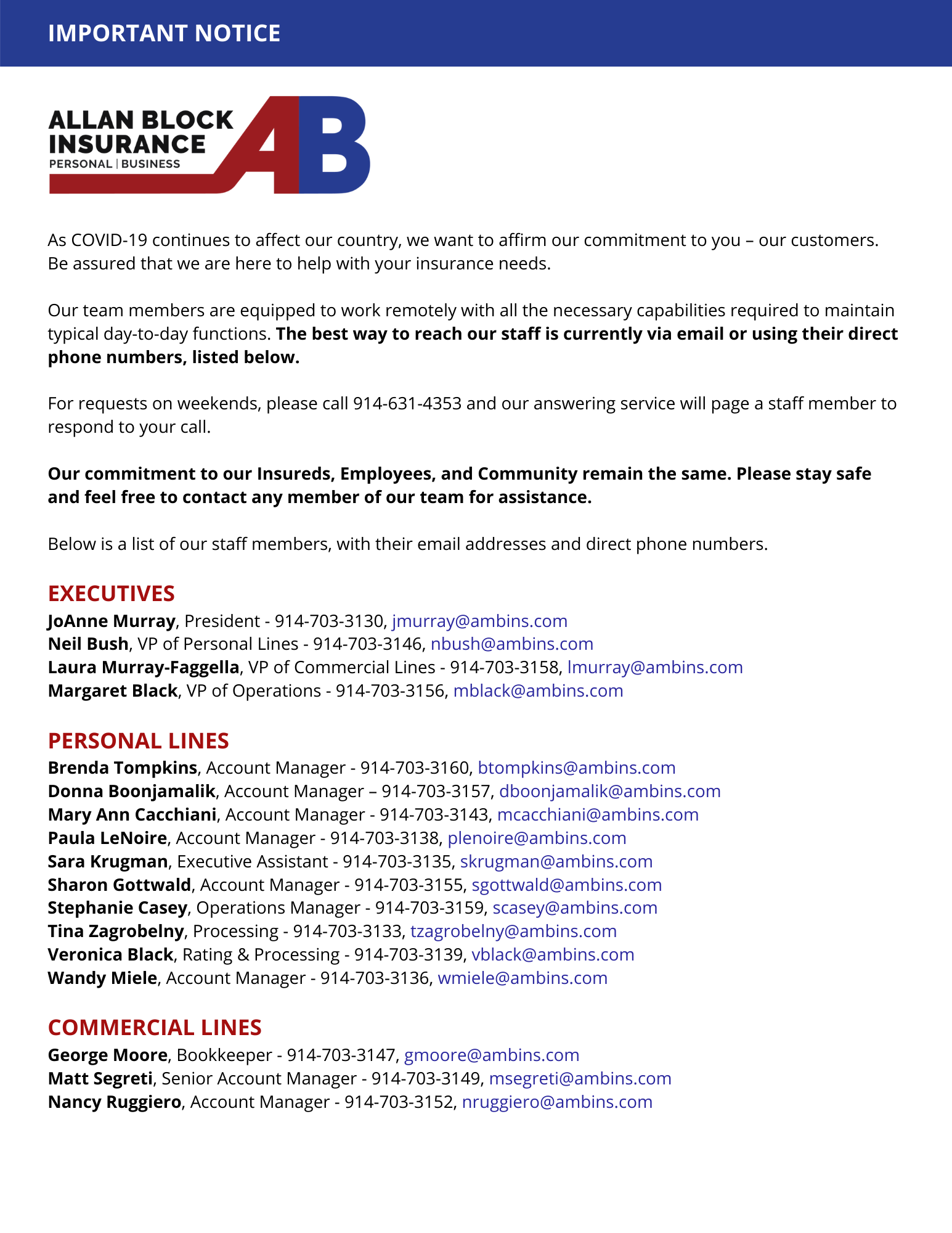It’s been said (and sung) that one is the loneliest number, but for anyone who’s worked in insurance, zero can be even tougher to deal with. A home with zero residents, an office building with zero tenants, a warehouse with zero merchandise, a construction site that’s down to zero activity – what they all have in common, is zero interest from the majority of insurance carriers. Many policies are even written with clauses that allow the carrier to deny a claim if they find out a property has been vacant (and/or unoccupied) for a specified period of time, usually thirty days.
But why? There are lots of reasons. Let’s look at a few here.
When a building is vacant, there’s nobody around to maintain it – and nobody around to catch something as soon as it breaks. If a pipe bursts in the winter in an occupied rental apartment, you can be sure that the affected tenant’s first call will be to their landlord. Even if the burst occurs in an unoccupied unit, someone will see the water soon, and 2-3 phone calls later, the building superintendent is shutting off water to that floor and mitigating further loss. In a vacant building, however, the water could run until a neighbor who knows the owner reaches out, or the owner gets a catastrophic water bill – or it could just keep running until the building collapses.
The potential is so great for catastrophic damage, that many of vacant policies I’ve written have included only the most basic coverage forms (fire/lightning/explosion). The logic being that you can take steps to mitigate a fire like installing a sprinkler system, but many other types of losses like water, or vandalism, are far more difficult to prevent.
The materials which make up the building itself are also at risk. In the past carriers and agents worried about drug users breaking in to steal pipes to sell as scrap metal for some quick money, but now there are disturbingly increasing numbers of claims involving contractors using a vacant building as their own salvage yard, removing materials to use on other jobs.
Just like with a builder’s risk policy, your carrier will want to be sure that you’ve done all you can to secure (and perhaps monitor) your property while it’s not being lived or worked in. Cameras and/or a security system may not be required, but they could help out with premium – or eligibility for coverage – if you had them.
Another issue with vacancy isn’t just people entering without permission for whatever reason they might have, but simply the fact that they’re in there at all. If squatters are making use of your building and services have been turned off, you can only imagine what’s going on in there. Throw in the kinds of decisions that severely impair judgment, and your now at risk for far more than property damage. In some jurisdictions, after a given period of time, squatters can even be entitled to certain rights, and might be able to bring a lawsuit against you if they’re injured on your property – even though they never signed a lease.
This brings me to one final point, but like a popular TV show, I’ll phrase it as a question: Is there a difference between “vacant” and “unoccupied”? Yes. While I’d always advise a policyholder to refer to the “Definitions” section of their policy to see how their carrier defines it, in my experience in this field, a good example of an “Unoccupied” building is one with furniture but no people, and a “Vacant” building is one with no people or furniture.
Given all of these challenges, you’re probably wondering if we can help you insure your vacant building. The answer is yes – we can help you to find coverage, and can also supply some advice on how to protect your property (and yourself). And when the day comes that your vacant property is ready to be someone’s Grand Opening or Home Sweet Home, we can help you adjust your coverage once again to meet those needs.



